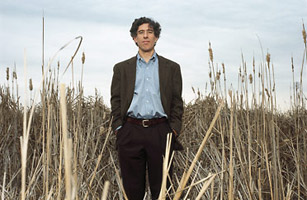
Although they both work with the same organ—the brain — the Western tradition represented by neuroscience and the Eastern tradition represented by meditation seemed to have little to do with each other — until Richard Davidson started collaborating with the Dalai Lama. Davidson is a researcher at the University of Wisconsin and a pioneer in the exciting frontier of mind-body medicine. At the university's W.M. Keck Laboratory for Functional Brain Imaging and Behavior, he is correlating mental and emotional states with observable patterns of brain activity.
His best-known work focuses on neuroplasticity, the capacity of the brain to develop and change throughout life, something Western science once thought impossible. By wiring up Tibetan Buddhist monks—masters of the art of dispassionately observing the inner workings of their own minds—Davidson, 54, has been able to demonstrate precisely how meditation alters brain function. His research legitimizes, for scientists as well as monks, the study of internal states of consciousness by linking them to the objective reality of electrical activity in the central nervous system. It also gives us a handle for understanding spiritual experiences that have heretofore seemed purely subjective and beyond the reach of scientific investigation. For example, his work identifies the left prefrontal cortex, an area of the brain behind the left forehead, as a locus of neural activity strongly associated with deep meditation.
Davidson's tools are the new technologies of brain science: quantitative electrophysiology, positron emission tomography and functional magnetic resonance imaging. By identifying interactions between the prefrontal cortex and the amygdala (a key center for processing memory and emotion), his studies may lead to new therapeutic approaches for mood and anxiety disorders. Who knows? They may also reveal, we can hope, strategies for protecting ourselves from age-related memory loss and cognitive decline.
East and West not only meet in Richard Davidson's laboratory; they are also starting to exchange a great deal of useful information about human experience and human potential.
Weil is a TIME columnist and the author of Healthy Aging